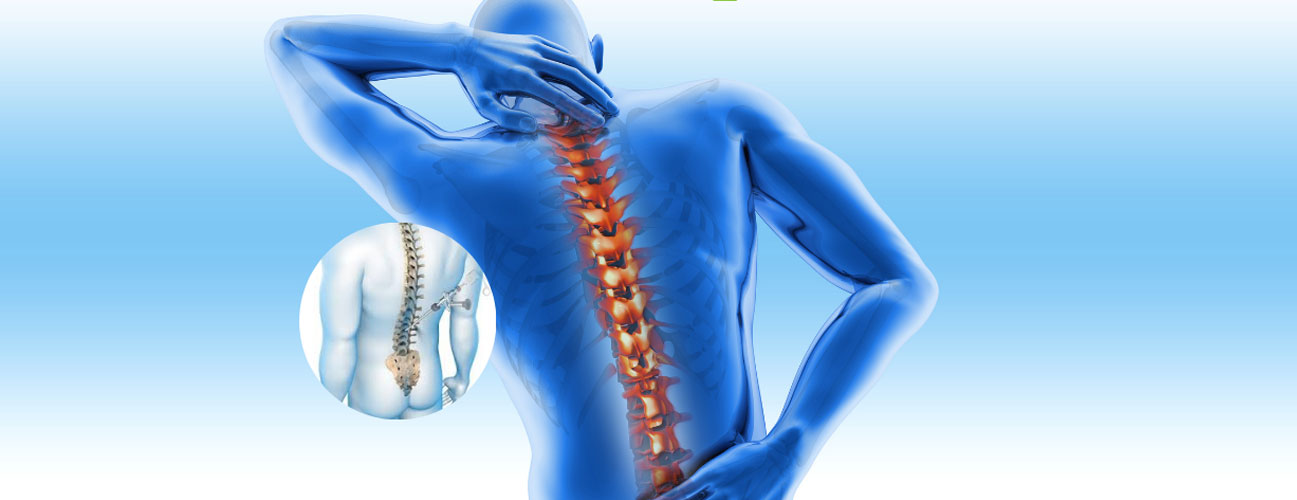Microdiscectomy
Microdiscectomy is a surgical procedure used to treat specific types of lumbar spine (lower back) problems, most commonly a herniated or bulging disc. This surgery is also known as microdecompression, microdiscectomy, or simply discectomy. It is considered a minimally invasive approach, as it involves smaller incisions and less tissue disruption compared to traditional open surgery. Here's an overview of microdiscectomy treatment:
Indications for Microdiscectomy:
Microdiscectomy is typically recommended when a patient experiences:
- Herniated Disc: This occurs when the soft inner material of a spinal disc pushes through the tough outer layer, putting pressure on nearby nerves and causing pain, weakness, or numbness, often radiating down one leg (sciatica).
- Bulging Disc: A disc may bulge outward, causing pressure on surrounding nerves and resulting in similar symptoms as a herniated disc.
The Microdiscectomy Procedure:
During a microdiscectomy, the surgeon uses specialized instruments and a microscope for enhanced visualization. The procedure usually involves the following steps:
- Anesthesia: The patient is placed under general anesthesia or, in some cases, local anesthesia with sedation.
- Incision: A small incision, usually less than an inch long, is made over the affected area of the spine.
- Tissue Separation: Muscles and tissues are gently separated rather than cut, which minimizes trauma to the surrounding structures.
- Herniated Disc Removal: The surgeon removes the portion of the herniated or bulging disc that is compressing the spinal nerve.
Benefits of Microdiscectomy:
- Minimally Invasive: Smaller incisions lead to less muscle and tissue damage, reduced postoperative pain, and quicker recovery.
- Effective: Microdiscectomy is highly effective at relieving leg pain caused by nerve compression due to a herniated or bulging disc.
- Short Hospital Stay: Many patients can go home the same day or after a short hospital stay.
